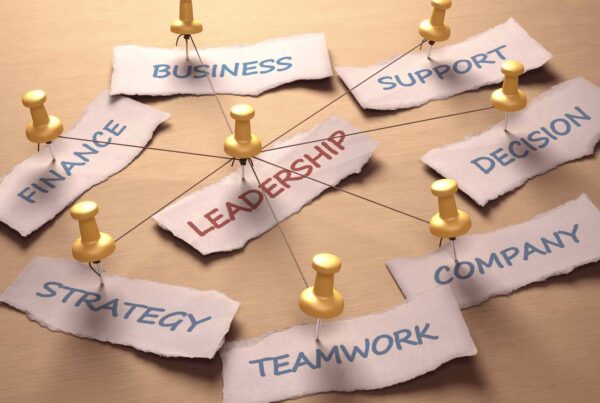One of the most significant factors that contribute to the overall wellbeing and success of an organization is the way its employees work together. A business is, after all, defined by the people that work for it and if they don’t perform well as a team, the company will only stand to suffer.
Working as part of a team will enable employees to be more effective as compared to those who are working alone on a project. Two or more minds are better than one, after all. But for a team, and by extension, an entire enterprise to function appropriately, seamless collaboration is a must. It also helps employees to be more responsible and increases motivation, particularly for those working remotely, or in an international setting.
What Stands in the Way of Proper Collaboration?
Traditionally, companies operated on a style of communication that stemmed from the executives’ orders and followed the chain of command down. But in today’s working environment, this is no longer the case. Modern workplaces empower their employees to make their decisions, turning collaboration into a default setting.
Even in this new environment, many factors can stand in the way of proper collaboration in the workplace. Many of them are related to individual or personal matters such as the tone or attitude people use while communicating. Similarly, there may be some bad habits developed over time such as constant moralizing, bossing people around, etc. There is also the traditional and, frequently, rigid hierarchy chain of command that can stifle employee-to-employee collaboration.
Recommended: Creating a Company Culture of Collaboration
There is, however, another factor that can affect the wellbeing and seamless cooperation between peers – even in a modern office. It is a common occurrence that, in itself, also originates from poor communication. It’s when employees try explaining the puzzling actions and behaviours of peers by making up stories about others as a means of making sense and bringing consistency to those actions.
Somewhat similar to the Hasty Generalization logical fallacy, these stories people begin making up about others will rarely, if ever, have a positive connotation or be grounded in fact and reality. Those who come up with them will not try to challenge or disprove their theories, and as time goes on, these stories will begin taking a life of their own.
If those stories begin circulating in the office, they will skew everyone’s view of others through that particular lens. And to make matters worse, people will start associating others’ actions and attitudes to their previously concocted stories, while, at the same time, completely ignoring activities that don’t align.
If those stories begin circulating in the office, they will skew everyone’s view of others through that particular lens.
It is what’s known as confirmation bias, and it’s a vicious cycle incredibly hard to break. Sooner or later, this will lead to misinterpretations, distrust, burnout, depression, as well as a complete breakdown in collaboration, both vertically and horizontally.
How To Stifle It
It’s important to realize that this phenomenon usually appears in situations of unequal power. Since those in leadership or managerial positions have a strong influence on their staff’s performance, employees will typically generate these kinds of stories about them. And since it’s highly unlikely that employees will confront authority figures about these issues, things will begin to decay without your knowledge.
You can, however, help manage this problem by regularly tapping into your organization’s collective experience and encouraging your staff to do the same. It is in contrast to the individual skill or perspective, where people see things solely from their point of view. Collective expertise can be accessed by addressing all perceptions openly and by understanding all the person truths people have about specific situations and people. Clarity should take the place of ambiguity when communicating.
If you want to learn more about effective collaboration in the workplace, let’s connect: https://meetme.so/GregNichvalodoff or greg@inscapeconsulting.com.









